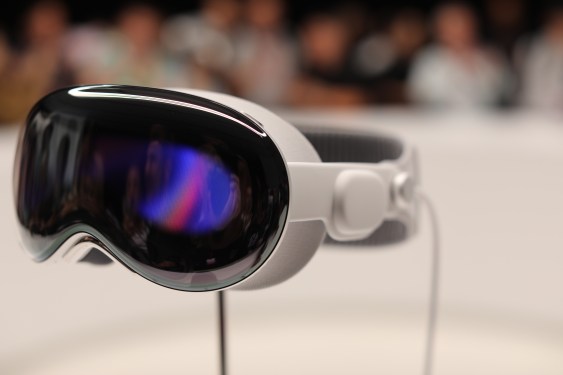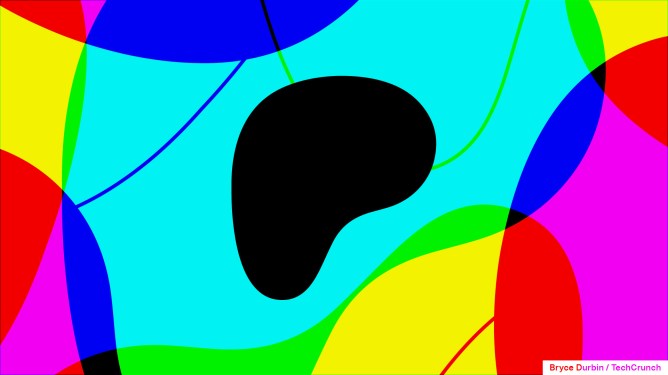
Apple’s latest foray into the world of mixed reality headsets, the Vision Pro, has generated significant buzz and curiosity. However, success is not a straightforward goal, but rather a complex series of interrelated questions that Apple must answer.
How Many Units Will Apple Sell?
The first question revolves around sales figures. Industry analysts are forecasting varying numbers, but few expect the Vision Pro to reach iPhone levels of success overnight. The price tag of $3,500 has only added to the skepticism among analysts.
A High Price for Innovation
While the high price can be attributed in part to Apple’s standard premium pricing strategy, there is another factor at play: the cost of innovation. The Vision Pro has been in development for seven or eight years, with significant investments in custom hardware components. This level of R&D often comes with a hefty price tag.
Scaling and Hardware Prices
As production scales up, costs typically decrease. However, being first to market with cutting-edge technologies like micro-OLED displays can result in high premiums. The two tiny 4K displays are likely a major contributor to the Vision Pro’s cost.
Who Is Buying?
The second question concerns who is actually purchasing the Vision Pro. Apple has reportedly been working to bring developers and corporations on board, which could indicate a more professional or niche market. However, this strategy may not be enough to drive widespread adoption in the short term.
A Deliberate Approach
Apple’s approach may seem deliberate, but it’s an exercise in frustration for a company accustomed to blockbuster products. The Vision Pro has received positive early reviews from journalists, which should increase interest once it’s released next year.
Timeline: A Slow Burn?
The third question revolves around the timeline for success. Apple is likely taking a measured approach, waiting for market conditions and consumer awareness to develop before ramping up production. However, this slow burn may not be acceptable for investors or shareholders who expect rapid returns on investment.
Forecast Cuts and Manufacturing Bottlenecks
Rumors of forecast cuts pre-date the actual Vision Pro announcement, while the $3,500 price tag has only exacerbated doubt among analysts. A recent report from The Financial Times suggests that manufacturing bottlenecks have slashed Vision Pro orders. Apple has reportedly asked contract manufacturer Luxshare to produce fewer than 400,000 units next year, down from an initial target of one million.
Luxshare and the Complexity of Micro-OLED Displays
China-based Luxshare is said to be Apple’s only Vision Pro assembler. The addition of micro-OLED displays further complicates manufacturing concerns. While these displays may eventually bring down prices as other devices adopt them, mixed reality headsets remain a relatively unproven category.
A Lower-Cost Version and Broader Adoption
The reported pushback of a lower-cost version of the headset that was earlier pegged for a 2025 release may indicate Apple’s desire to create a wider market for the technology. However, this approach may not be enough to drive significant sales in the near term.
Conclusion
Success for the Vision Pro is far from guaranteed. Apple must answer several interrelated questions about sales figures, target markets, and timeline. While the company has taken a deliberate approach to developing its mixed reality headset, investors and shareholders may be growing impatient. The road to success will likely be long and challenging, but with the right strategy, Apple can navigate these complexities and establish itself as a leader in this emerging market.
Related Topics
Related Articles
- Duolingo sees 216% spike in US users learning Chinese amid TikTok ban and move to RedNote
- AIChinese AI company MiniMax releases new models it claims are competitive with the industry’s best
- HardwareSamsung will unveil the Galaxy S25 on January 22 — here’s what we expect








